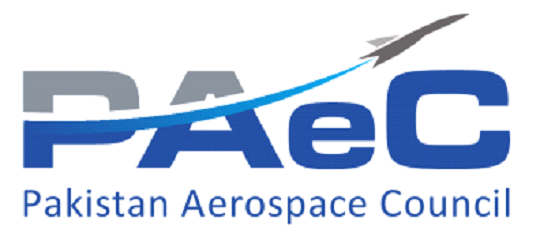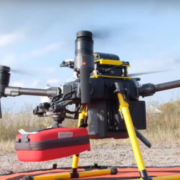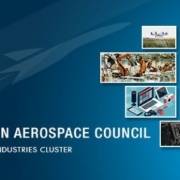How Sales and Marketing Work (Together)
It’s one thing to have your sales and marketing teams agree on objectives. To stand together on stage at sales kick-off and claim commonality of focus on metrics that matter. This strategic alignment is common. Every company has struggled with making that transition, yet many companies have not only done it but have sustained operational alignment consistently.
How did they get there? What foundational and operational best practices have they followed? Here are seven we see most common and most consistently aligned with success.
Executive Support & Participation
Prioritizing operational alignment between sales and marketing has to be a top priority at the highest levels of the organization. It is not an exaggeration to claim it as a board-level priority. For growth-phase companies in particular who want to scale impact while improving efficiency and maintaining net-new customer profitability, this alignment is critical.
Without it, it’s too easy for other priorities and fire drills to become front-burner issues – especially when sales and marketing alignment gets hard.
Clear Objectives & Joint Scorecards
Start with a single scorecard focused on the metrics that matter. A scorecard that the heads of sales and marketing can present together – at leadership team meetings, all-hands meetings, board meetings. This scorecard will feel more like a sales scorecard because their traditional metrics represent end-of-funnel conversion “we made money on this” type of numbers.
You can then co-present metrics that contributed to these revenue and sales results. Which channels were most effective? Which campaigns generated the most new velocity from stalled accounts? On a level playing field, what’s working and what’s not – and what do we do about it now?
This isn’t about credit and attribution. For organizations managing complex, long sales cycle deals, you simply will not be successful without marketing AND sales. The most successful companies put attribution and credit aside when creating, reporting and managing their objectives and scorecards.
Transparency
No hidden agendas. No egos. The sausage-making that leads to great, sustainable execution is fraught with failure, uncertainty and a decent amount of short-term inefficiency. Demand campaigns will fail. Capability presentations will tank. Some of your hires might suck. Instead of wasting time justifying or hiding what went wrong, own it. Learn from it. Move on, get (and stay) better.
Empathy
The sales team is not trying to ignore your marketing leads. The marketing team is not trying to sabotage your results with bad sales leads. If you work from the basis of assuming each side has the best of intentions, and is working incredibly hard to achieve a common result, you have the basis for an environment and culture that can achieve great things together. This applies all the way to the top of the organization as well, as it relates to expectations and perceptions of both sales and marketing teams.
Develop Processes Together, at the Same Time
This may sound tactical but it is oh so important. Especially for processes that already naturally stand in the middle of the two teams (i.e. qualified leads that need follow-up), don’t let one team or the other independently come up with a process and shoe-horn it into the broader, integrated organization. Take the time to sit down and create the process together. If something already exists, start with that and figure out – together- how to make it better.
This may feel inefficient, but at least in this instance, efficiency of process development isn’t as important as joint ownership and acceptance of the final result.
Accountability and Review Cadences
With a foundation of transparency and empathy as established above, develop a tiered set of review cycles to evaluate and improve performance. Check egos at the door, review the data and results subjectively, then collectively agree to the next steps.
There are no departmental winners in this exercise. If one week’s review meeting demonstrates a failure of marketing campaigns, I guarantee a future meeting will show that a sales effort missed the mark as well. Neither of those points matter. More than half of your time in review cadences should be spent not on what the report says and means, but rather what you do next to make it better.
Culture (strategy vs execution)
Although last on this best practices list, culture is at the heart of great sales and marketing alignment – strategic and tactical. Celebrate together. Commiserate together. You win together or fail together, you are in it together inderal bez receptu. Easier said than done, but if you create an environment where sales and marketing teams feel like they have each other’s backs, where constructive feedback and objective improvements are commonplace, where President’s Club applies to everybody, where you genuinely root for each other to succeed – then you’re on your way.
This is a journey, not a destination. Your go to market strategy will continue to evolve, as will your marketplace, competitors, customer needs, buying cycle habits/preferences and more. And with the foundational elements above, you have the tools to meet, address and win with every change and opportunity.








